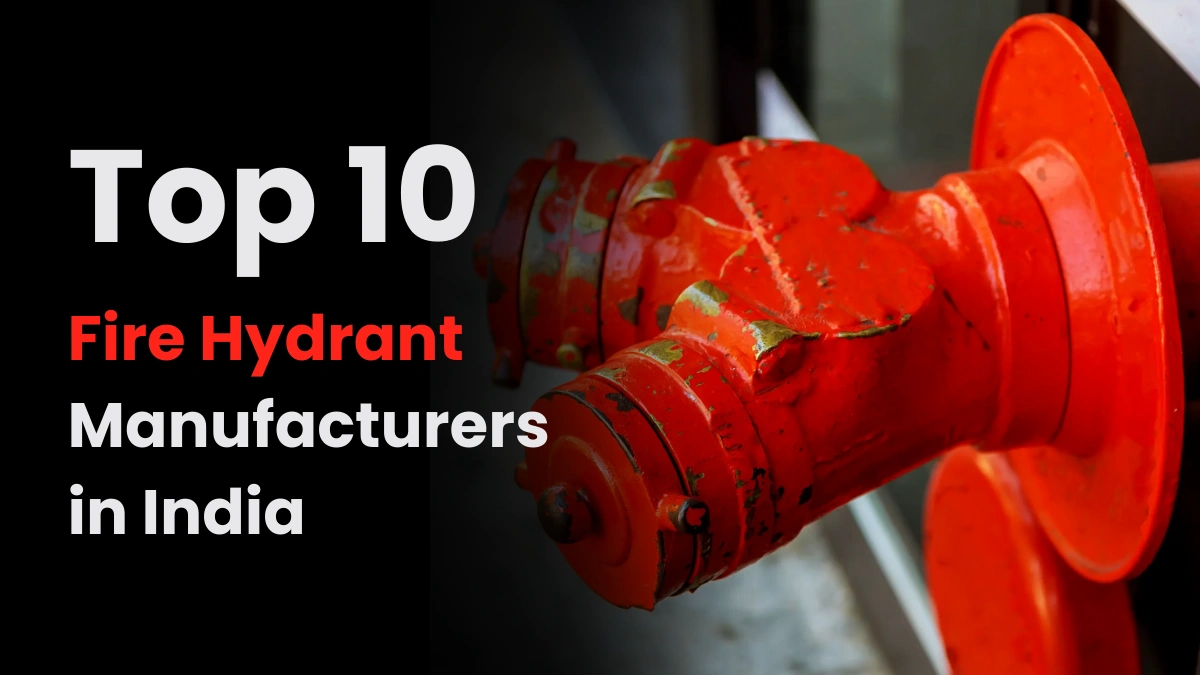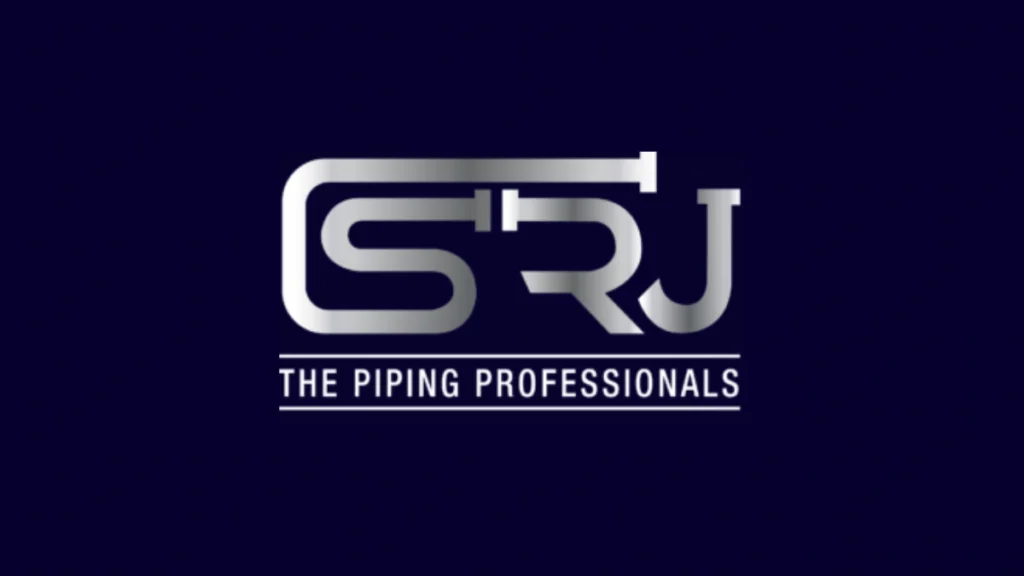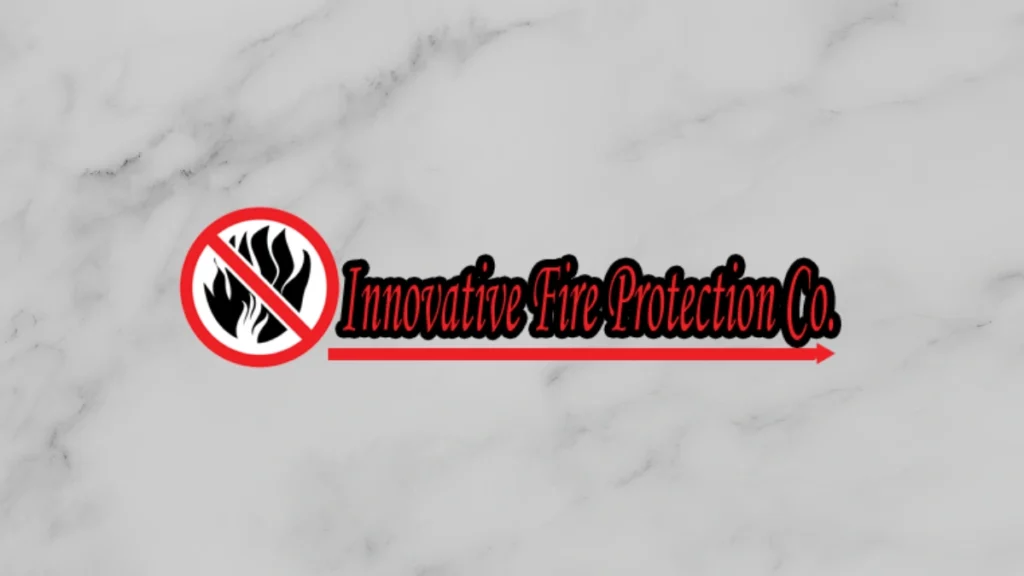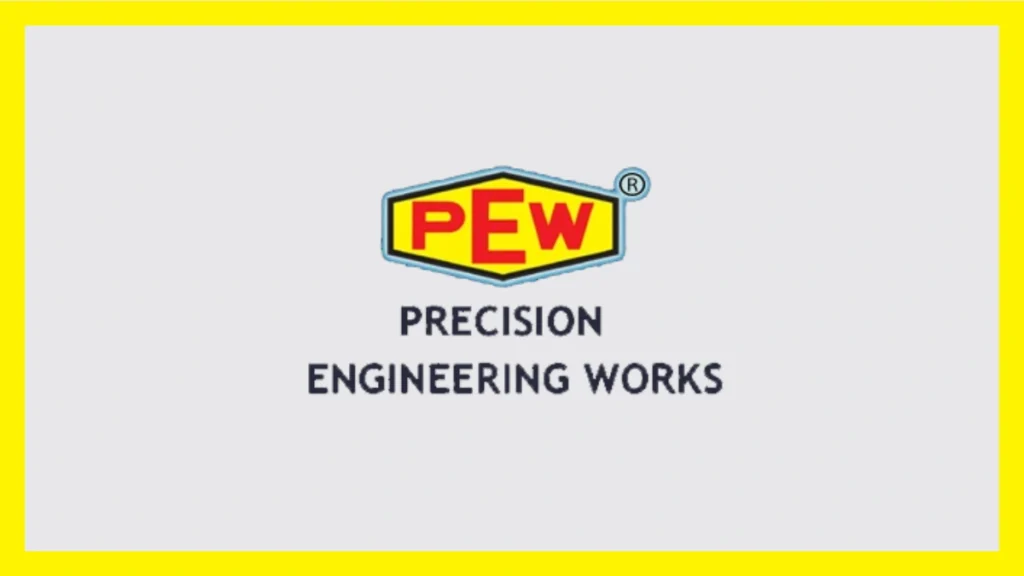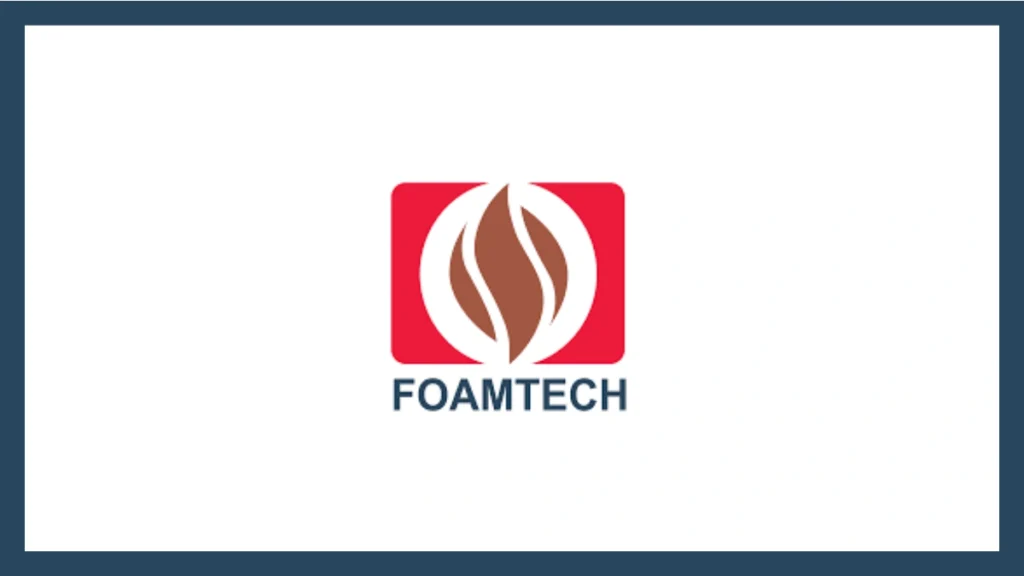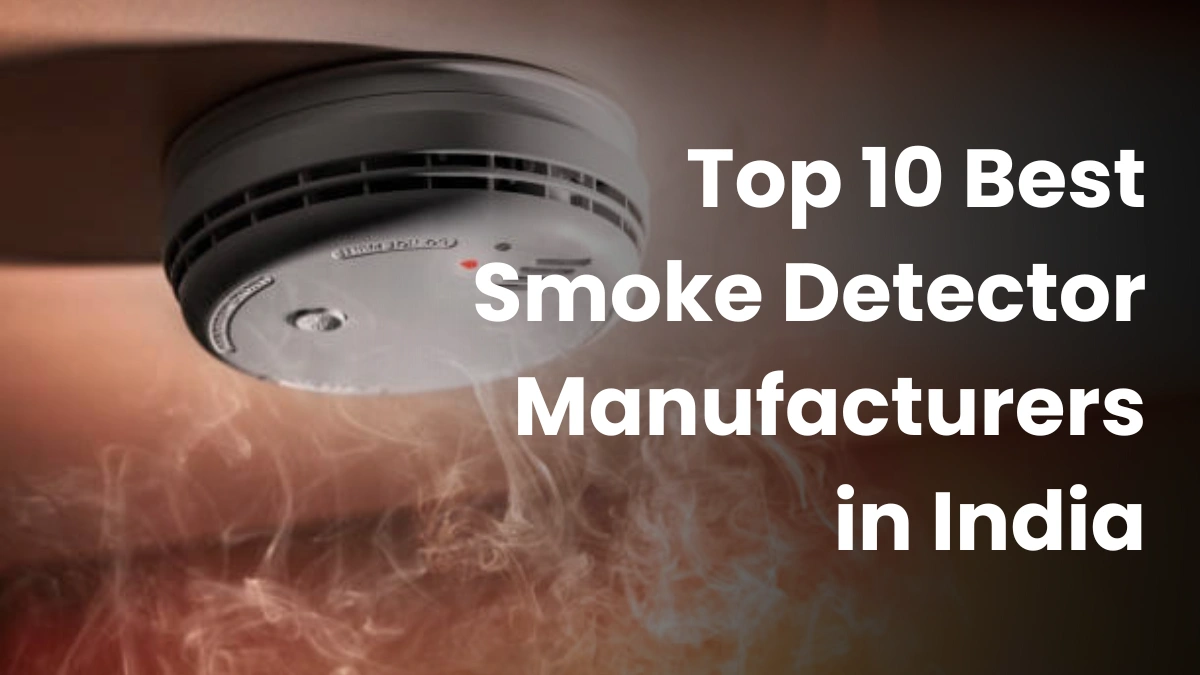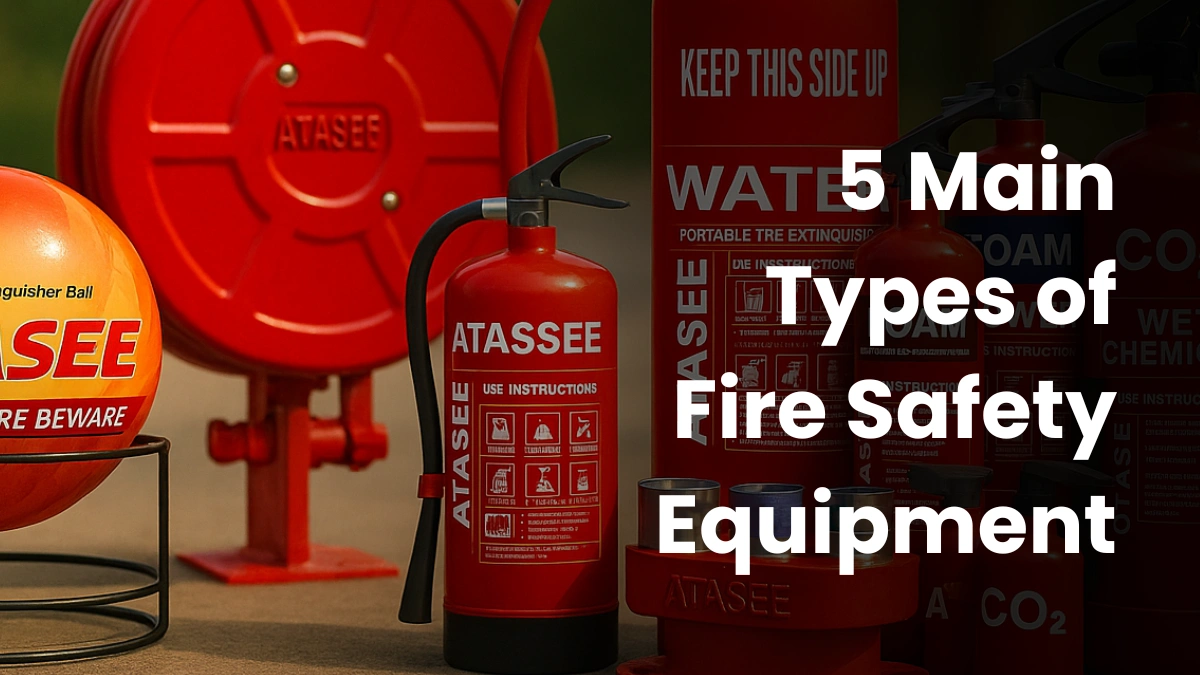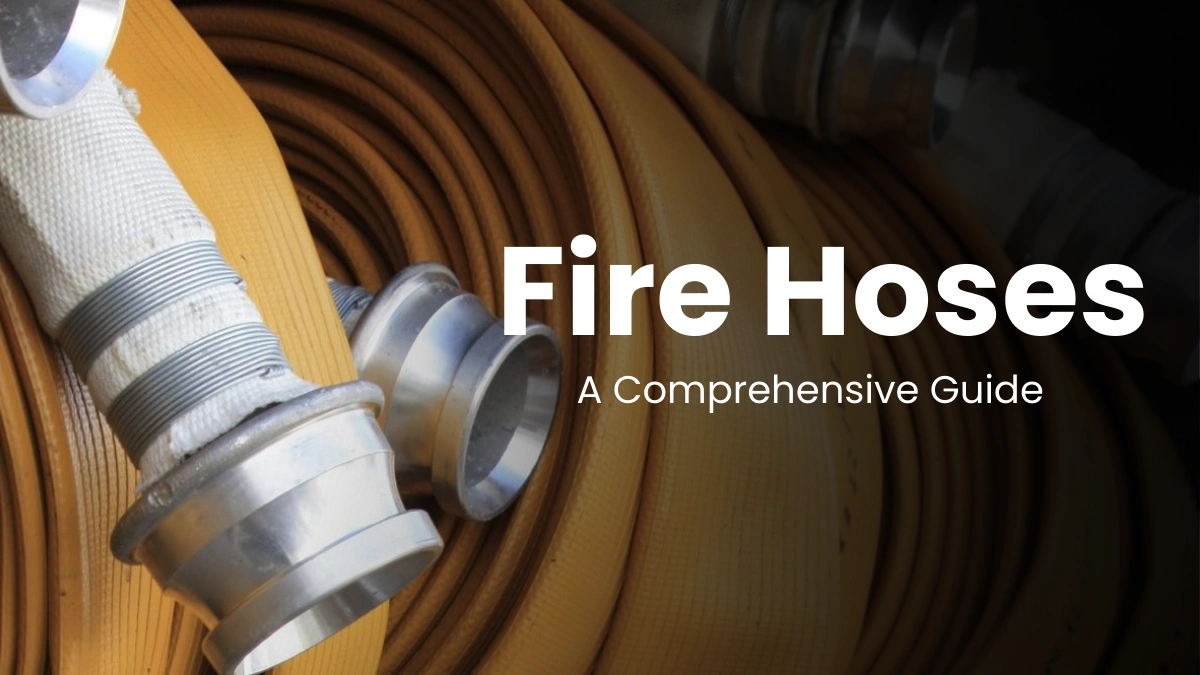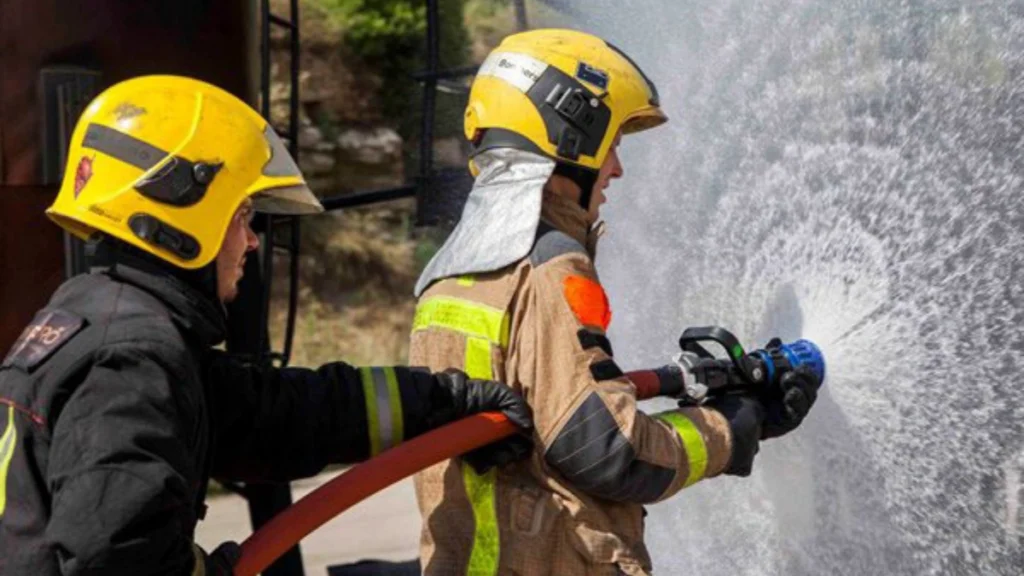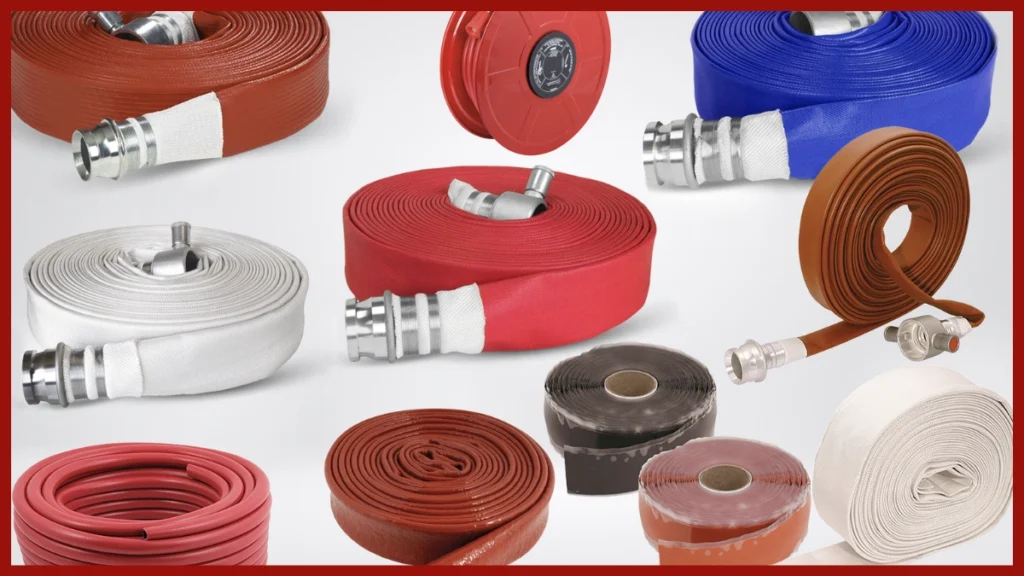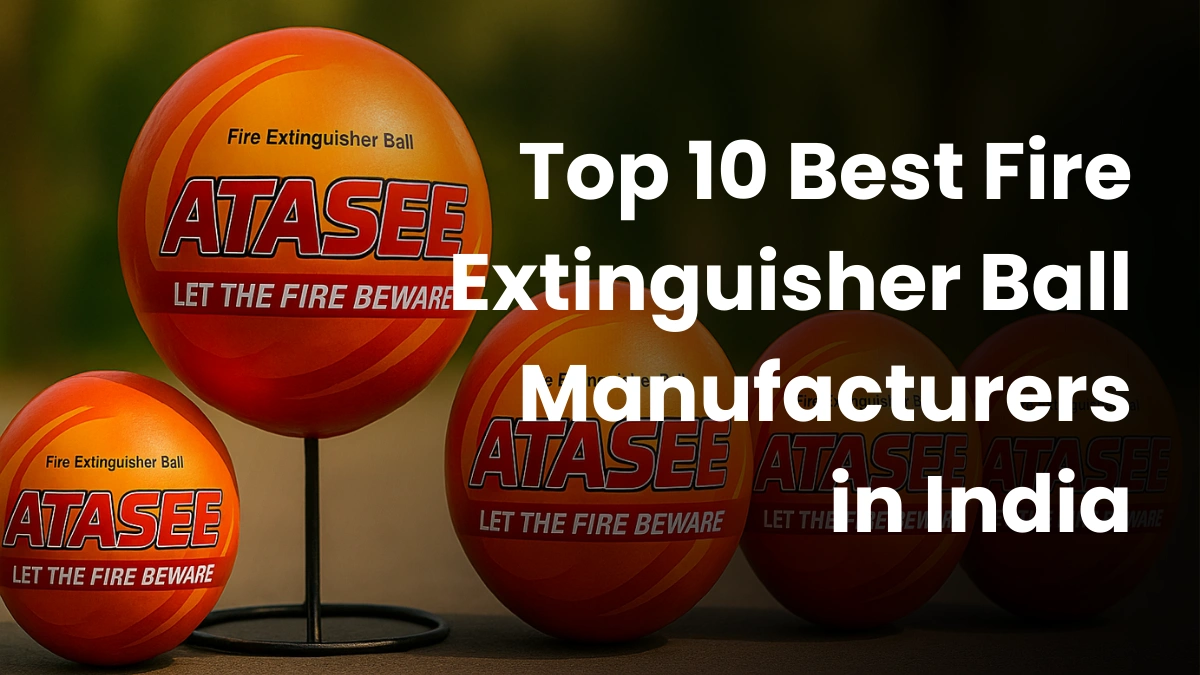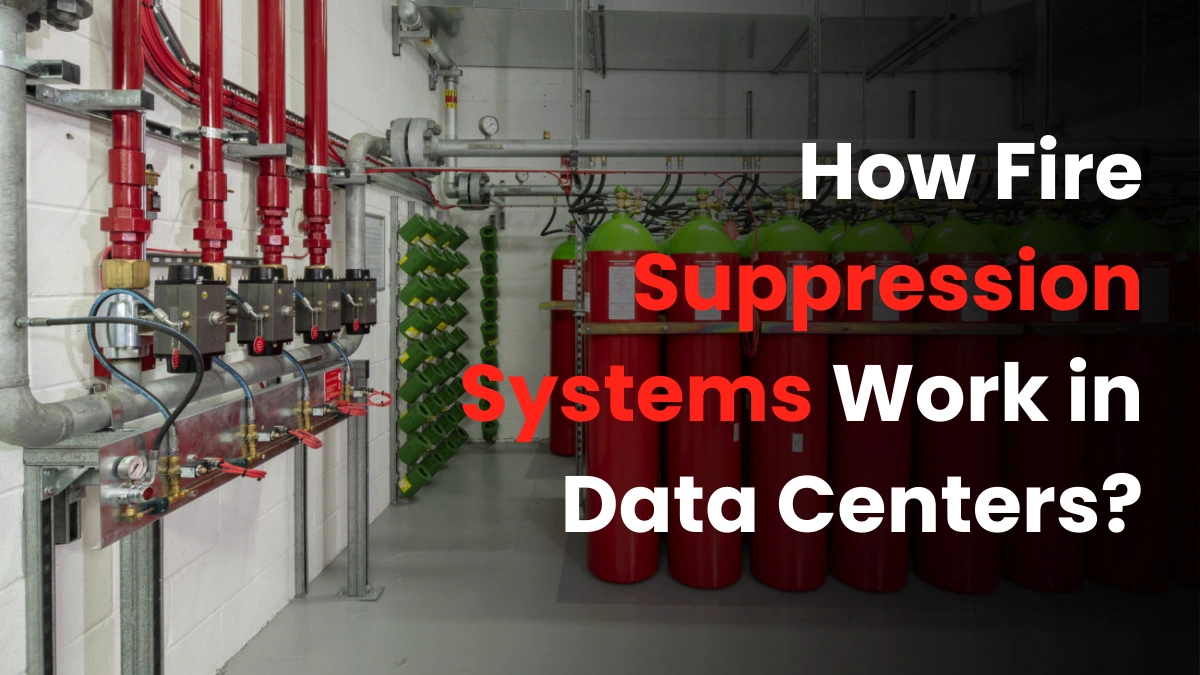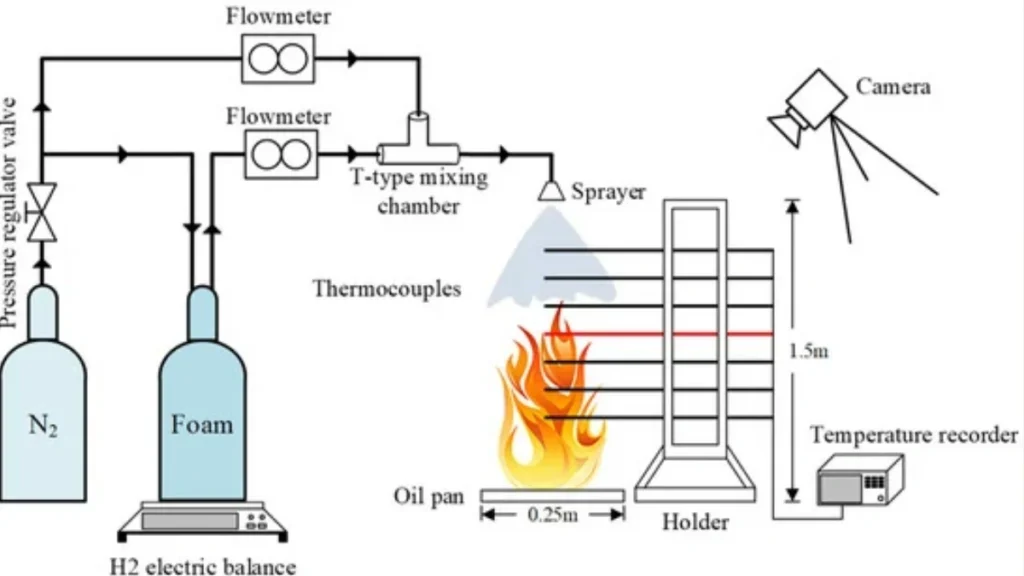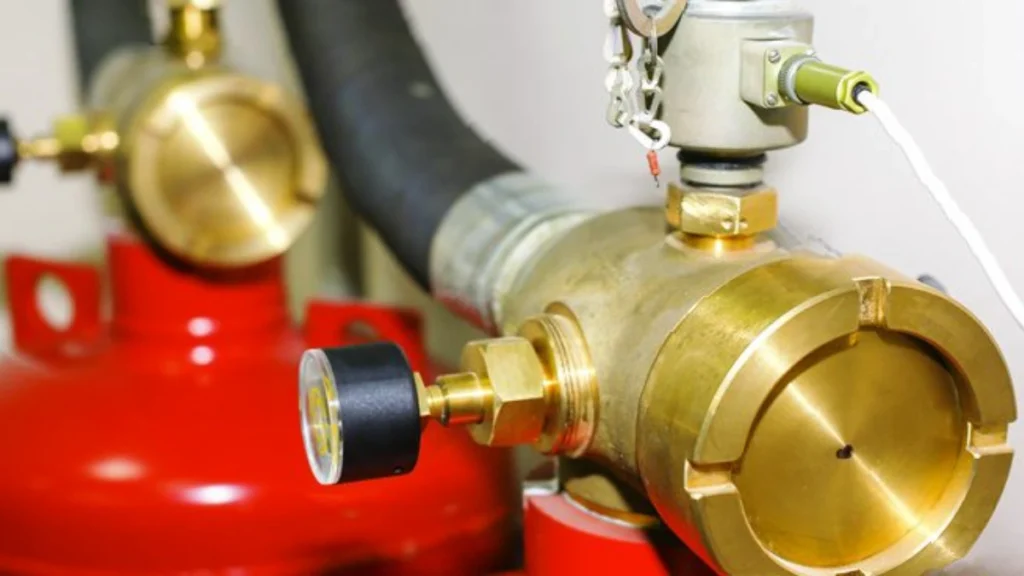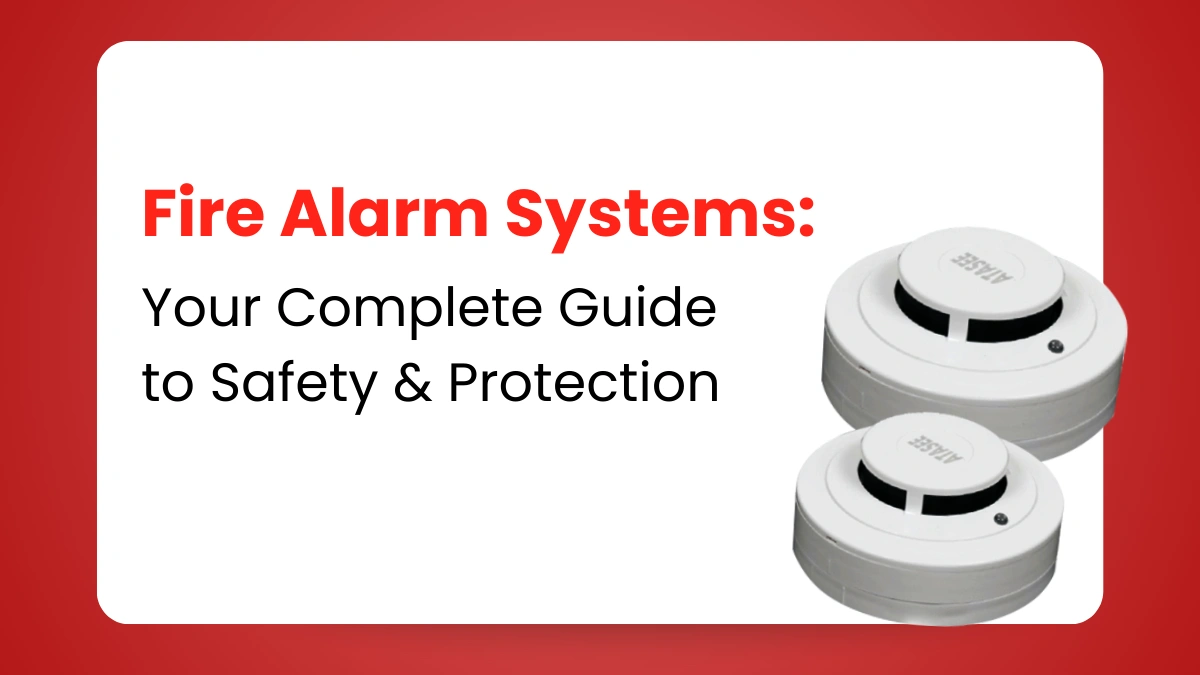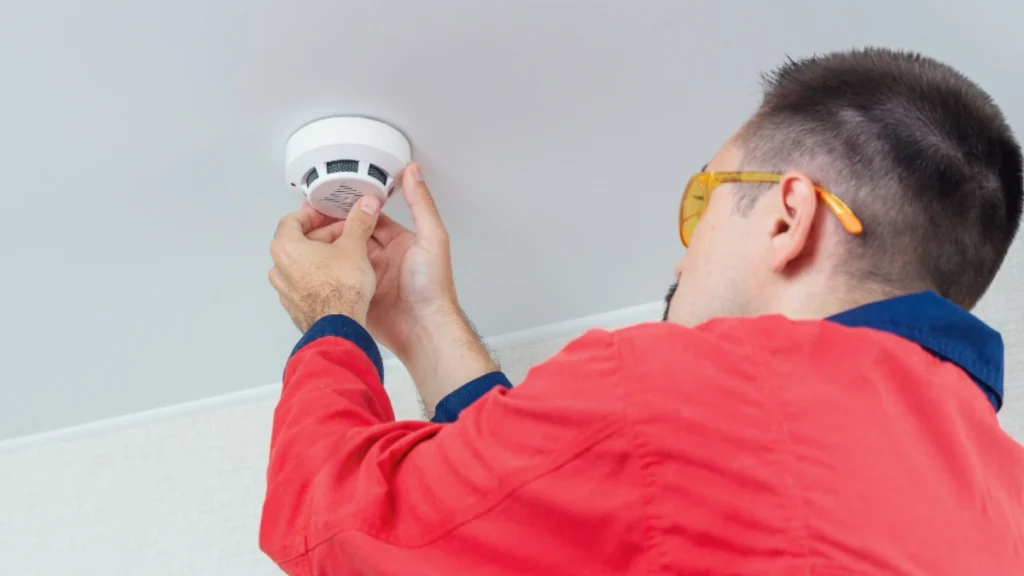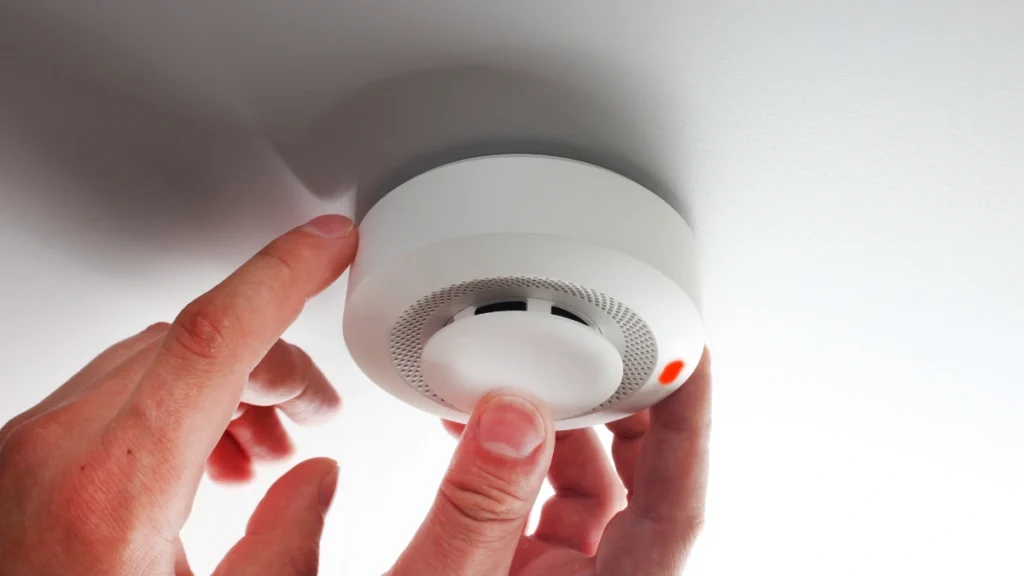
Fire extinguishers play a very important role in the fire safety industry like protecting lives, property, and the environment during a fire. These fire safety products are designed to prevent and suppress fires, giving people enough time to evacuate or find shelter. Their company offers people a sense of safety and serves as the first line of defence, helping them handle emergencies until professional help arrives. Getting access to a fire extinguisher may greatly affect how a fire performs by preventing it from getting worse.
The key to fire safety is to choose respected fire extinguisher manufacturers. To make reliable extinguishers, manufacturers have to make sure the materials they use are of the best quality. Because lives depend on the fire extinguisher products customers get, dealers and suppliers must also make sure that they work successfully.
It can be difficult to find a reliable fire extinguisher manufacturer. Fortunately, we have prepared a list of the Top 10 Fire Extinguisher Manufacturers in India, which are as follows:
1. ATASEE FIRE INDUSTRIES P LTD
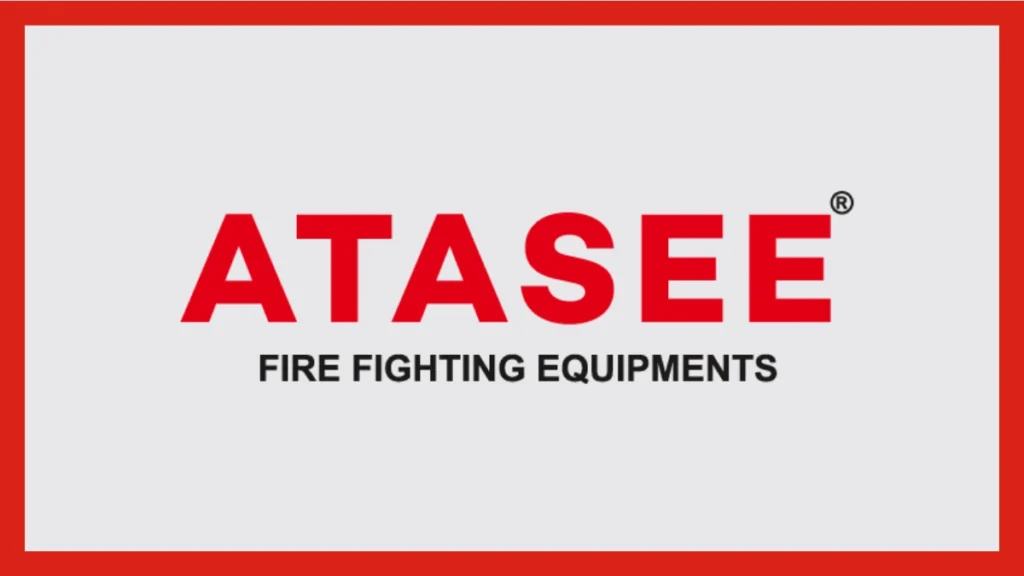
Address: Jawaharpur, Derabassi, Mohali
Contact No: 91 94172 77276
Website: https://ataseefire.com/
ATASEE FIRE INDUSTRIES P LTD is one of the best fire extinguisher manufacturers in India, established in 2010, and is engaged in manufacturing, supplying, and trading Fire Extinguishers and systems. The company manufactures fire hydrants, fire brigade equipment, fire sprinklers, fire-fighting equipment, and fire alarms, and supplies fire extinguishers and systems for many corporations, industries, vehicles, and homes.
2. Ceasefire Industries Pvt. Ltd.
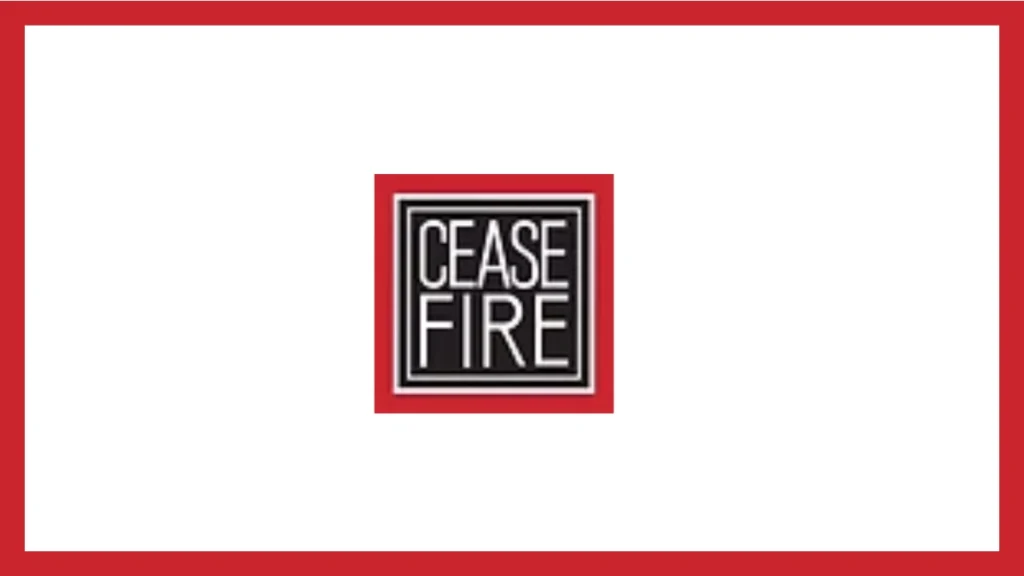
Address: B-1, Above Audi Showroom, H-1, Mohan Cooperative Industrial Estate, Badarpur, New Delhi, Delhi 110044
Contact No: 095406 66666
Website: https://www.ceasefire.in/
Ceasefire Industries Pvt. Ltd., which started business in 2002, has become known as a pioneer in the firefighting equipment industry. The company manufactures fire extinguishers that are in high demand globally. The company states that it distributes a Ceasefire device every 60 seconds and that every 5 minutes, real-world emergencies use its products.
3. Kanex Fire Systems Pvt. Ltd.
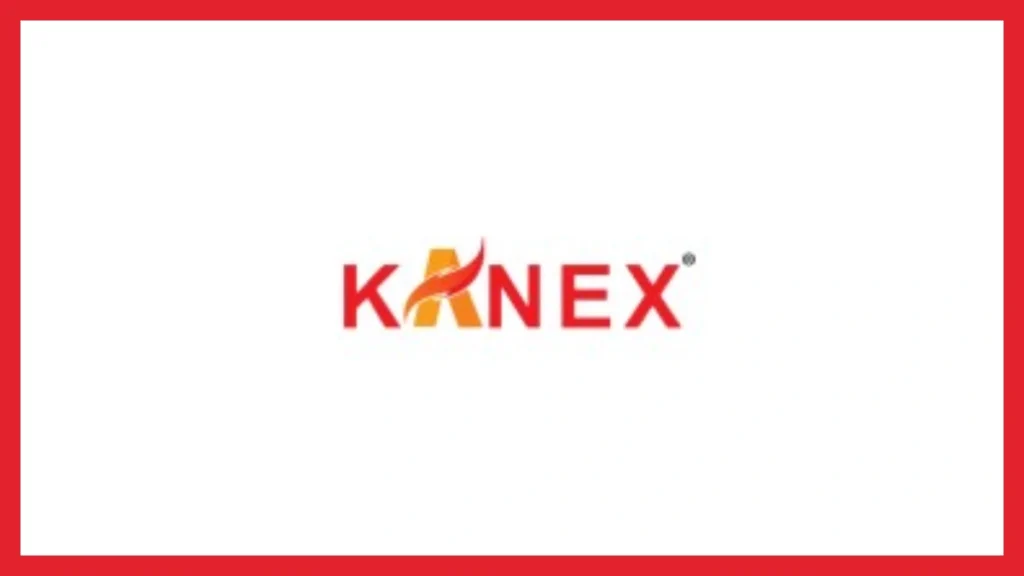
Address: Plot No. 7-8 Paras Industrial Estate, Bhavnagar – Rajkot Rd, near Garibsha Pir, Sihor, Gujarat 364240
Contact No: 02846 231 763
Website: https://www.kanexfire.com/
Kanex Fire Systems Pvt. Ltd is one of the best fire extinguisher manufacturers of fire safety equipment in India. They deal with a multitude of fire extinguishers and fire protection products like Fire Suppression System,Water Mist & Specialised Products etc. and also help in several life savings with its excellent products. The company has been in business since 1998 and provides firefighting equipment to several important businesses, like companies, data centres, schools, hotels, residential areas, and hospitals.
4. Usha Fire Safety Equipments (P) Ltd.
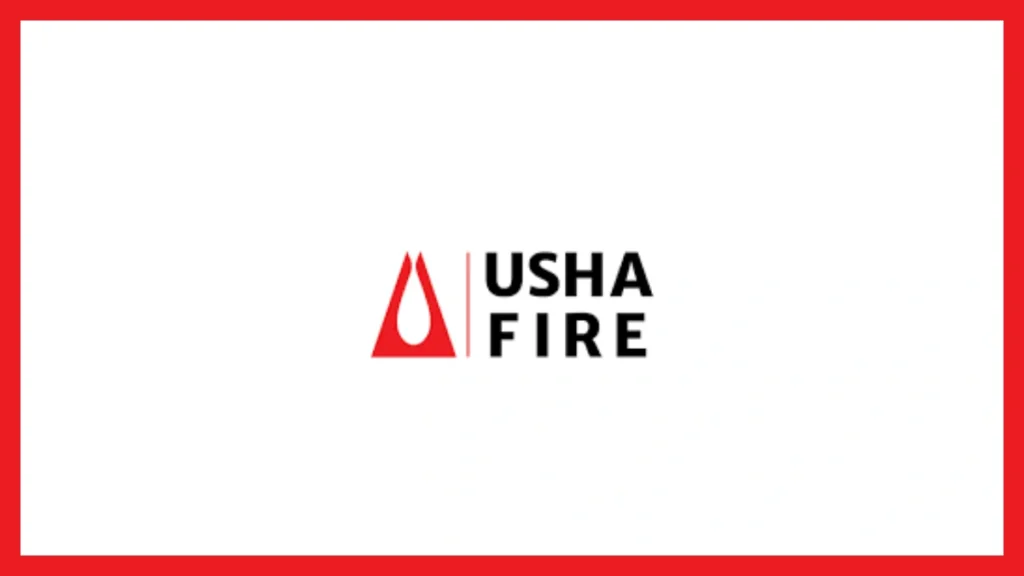
Address: Plot No. D, 182/4, MIDC Industrial Area, Shiravane, Nerul, Navi Mumbai, Maharashtra 400706
Contact No: 098404 66200
Since starting the company in 1988, Usha Fire Safety Equipments (P) Ltd. has also been the best fire manufacturer in the firefighting industry. The business has contracted with many famous businesses throughout the years, including Cognizant, Nokia, HP, Infosys, Coca-Cola, Ford, Hyundai, Asian Paints, and Tata. As an environmentally friendly company, they also provide guidance in advanced and basic fire safety, evacuation, and mock drills.
5:- Safex Fire Services Ltd.

Address: A-202, Dhanraj Industrial Estate, Dhanraj Mill Compound, S. J. Road, Lower Parel (w), MUMBAI 400 013 INDIA
Contact No: +91 70390 12639
Website: www.safexfire.com
Since 1972, Safex Fire Services Ltd. has been the best fire extinguisher manufacturer in India. It has experience in the fire industry for many years, and the company has spread its network widely. Now, they have around 7 branch offices and over 75 distributors of Fire Extinguishers in India.
6:- Impact Fire & Safety Appliances Pvt. Ltd.

Address: D-52, Pocket D, Okhla Phase I, Okhla Industrial Estate, New Delhi, Delhi 110020
Contact No: 089299 80990
Website: https://www.indiafireextinguisher.com/
A company named Impact Fire & Safety Appliances Pvt. Ltd. is also the best fire extinguisher manufacturer and has received numerous certifications of compliance from both domestic and foreign organisations. The Bureau of Indian Standards has certified the company’s firefighting products with the ISI mark.
7:- ABC Fire India

Address: 453, 454A, Dr Nanjappa Main Road, near Bank of Baroda, Ram Nagar, Coimbatore, Tamil Nadu 641018
Contact No: 098422 74775
Website: https://abcfireindia.com/
ABC Fire India, a best fire extinguisher manufacturer, was founded in 2001 to value each life that they safe. The organization has become one of the best fire extinguisher brands in India with its goal.
Fire Alarm Systems: Your Complete Guide to Safety & Protection
8. SafeGuard Industries
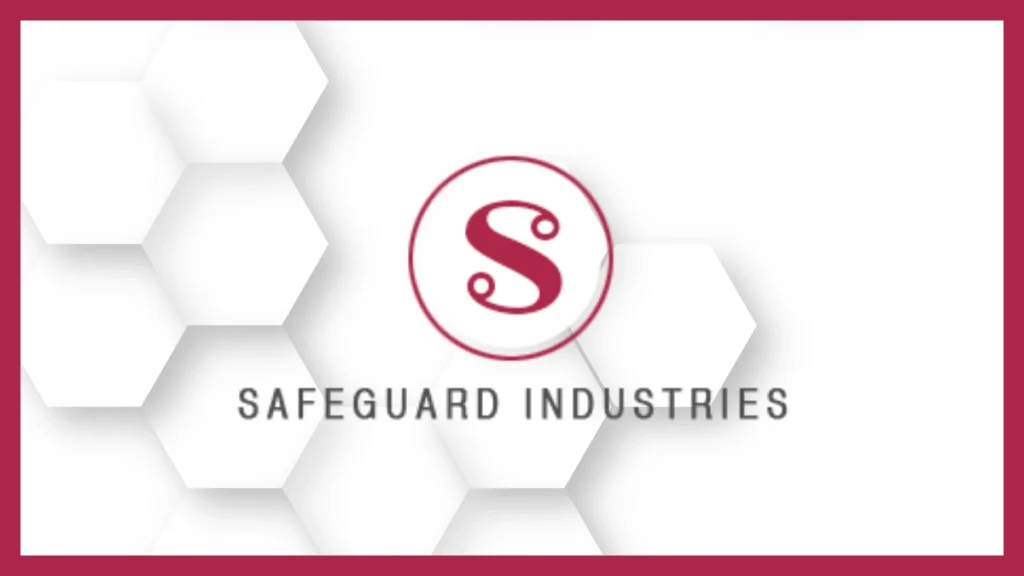
Address: Plot Number 30, Sector-IIDC, SIDCUL, Haridwar, Uttarakhand 249403
Contact No: 092195 36292
SafeGuard Industries, a best fire extinguisher manufacturer which lives up to its motto of “What’s Better Than Fire Safety,” acts as an angel of protection, saving many lives with its reliable fire extinguishers products.
9 G Tech Fire Engineers Pvt. Ltd.
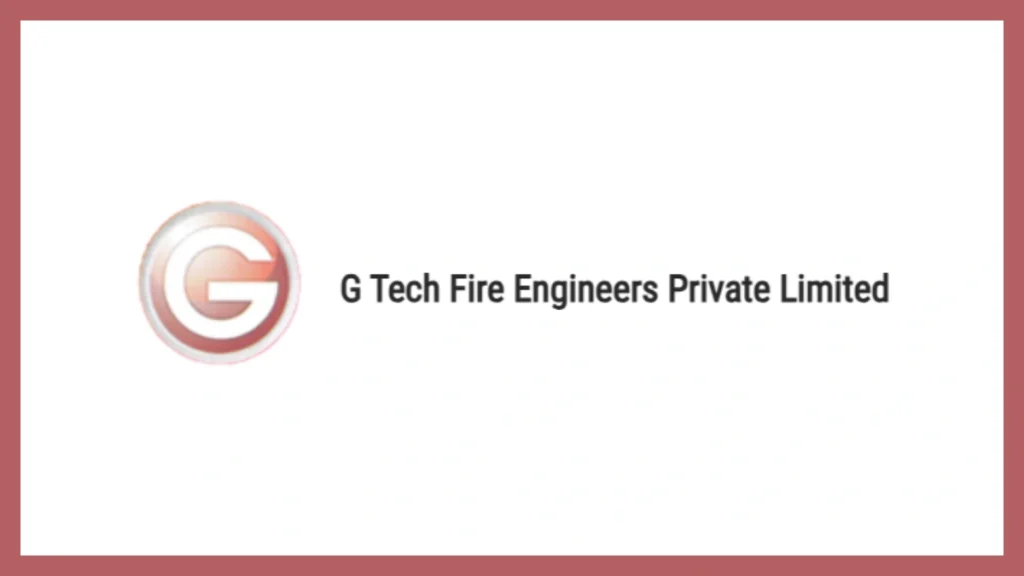
Address: H8JG+WP2, C Block, Pocket C, Sector 19, Noida, Uttar Pradesh 201301
Contact No: 080 4886 7329
Website: https://www.gtechfire.in/
This Noida, Uttar Pradesh, India-based business provides extremely reliable fire extinguishers manufactured in India. They are famous for the durability, great effectiveness, and safety of their fire extinguishers, and are also one of the best fire extinguisher manufacturers in India.
10. Safepro Fire Services Pvt. Ltd.

Address: Safe Pro Fire Services Pvt. Ltd. 1st Floor, Kohinoor Commercial-2, Tower-1 “Kohinoor City” Kirol Road, Lal Bahadur Shastri Marg, near Don Bosco College, Kurla West, Mumbai, Maharashtra 400070
Contact No: 084228 72287
Website: https://www.safeprofire.com/
Safepro Fire Services Pvt. Ltd. is one of the best fire extinguisher manufacturers in India, as all of its products have the ISI and CE certifications. With their excellent products, They aim to keep their trust in quality and build a feeling of safety, security, and protection with their best fire safety products.
5 Mistakes People Make with Fire Extinguishers and How to Avoid Them
11.Armor Fire
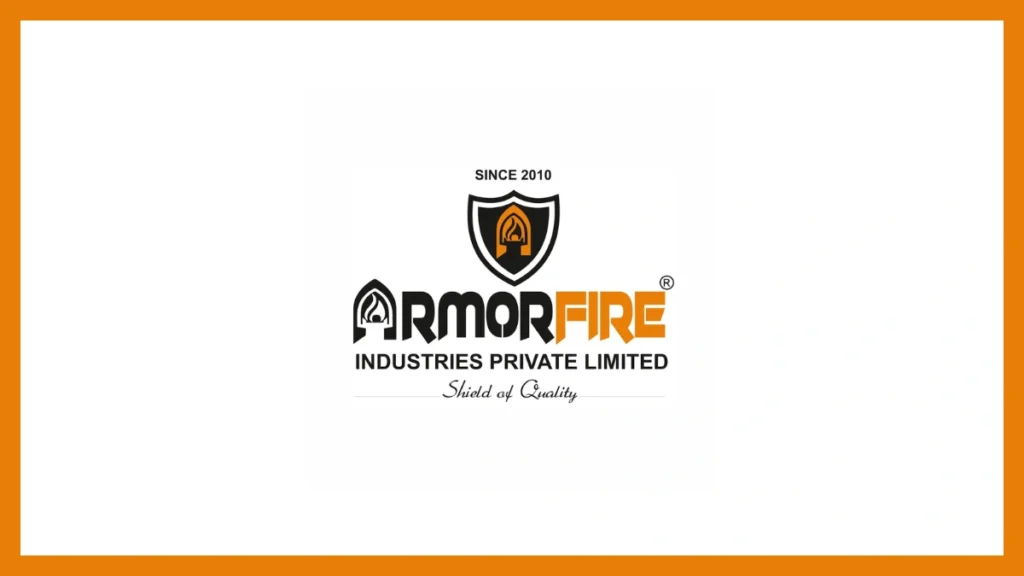
Address: Plot No. 43 To 45/2, RS No. 123 P2, J K Diamond Ind. Area, B/h. Madhuvan Restaurant, Village Lothada, Rajkot, Gujarat, 360022
Contact No: +91 99251 37672, +91 93161 56590
Armor Fire also has a famous fire extinguisher manufacturer in India. They specialise in producing many types of fire extinguishers for different applications. They are providing you with efficient and reliable fire safety solutions and meet your different types of needs. The fire extinguisher manufacturer uses advanced technology and fulfils industry standards. You can buy different fire extinguishers here from us, like ABC powder portable fire extinguishers, and CO2 portable fire extinguishers.
12.A R Enterprise

Address: T-201/1, Gala No. 24 & 25, Morya Industrial Estate, Opposite Polygrass Hockey Stadium, Bhosari Pune, Maharashtra, 411026, India.
A R Enterprise is a leading Manufacturer and supplier of Fire-fighting & Fire Protection Equipment in India, established in 1995 at Pune in Maharashtra, . A R Enterprise is one of the fire extinguishers manufacturer in India. It is the verified and trusted sellers of listed products with extensive experience in supplying and trading Fire Extinguisher. They have focused on a customer-centric approach. A R Enterprise has a presence in India and caters to a large customer base throughout the country.
13. Foamtech Antifire Company
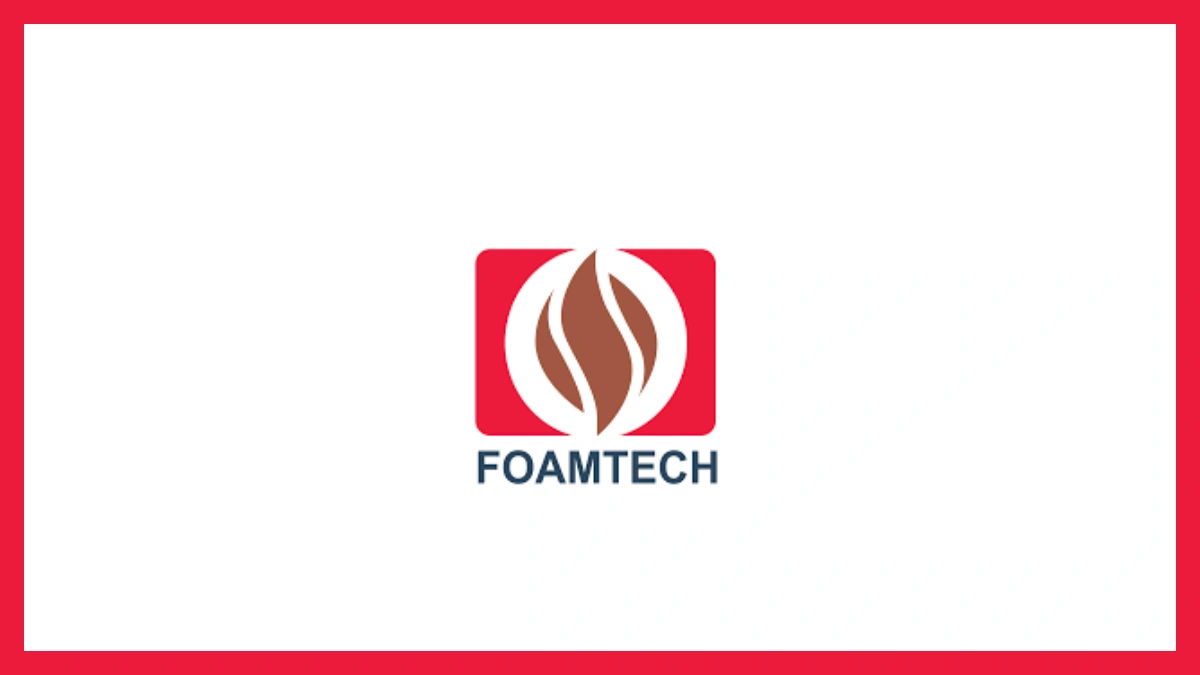
Address; 57, Sharda Niketan, Pitampura, Delhi, 110034, India
Contact No; +91-8447735743
Foamtech Antifire Company also stands as the best fire extinguisher in India in the fire protection industry. They have many years of experience, knowledge and expertise. They are committed to manufacturing world-class fire equipment and providing bespoke solutions customised to meet customers’ specific needs and requirements.
At Foamtech Antifire Company’s experts have specialised in manufacturing a complete range of firefighting chemicals, foam, concentrates, powders, and fire suppression systems, ensuring excellent safety against fire hazards.
14. NewAge Fire Protection Industries Pvt. Ltd.
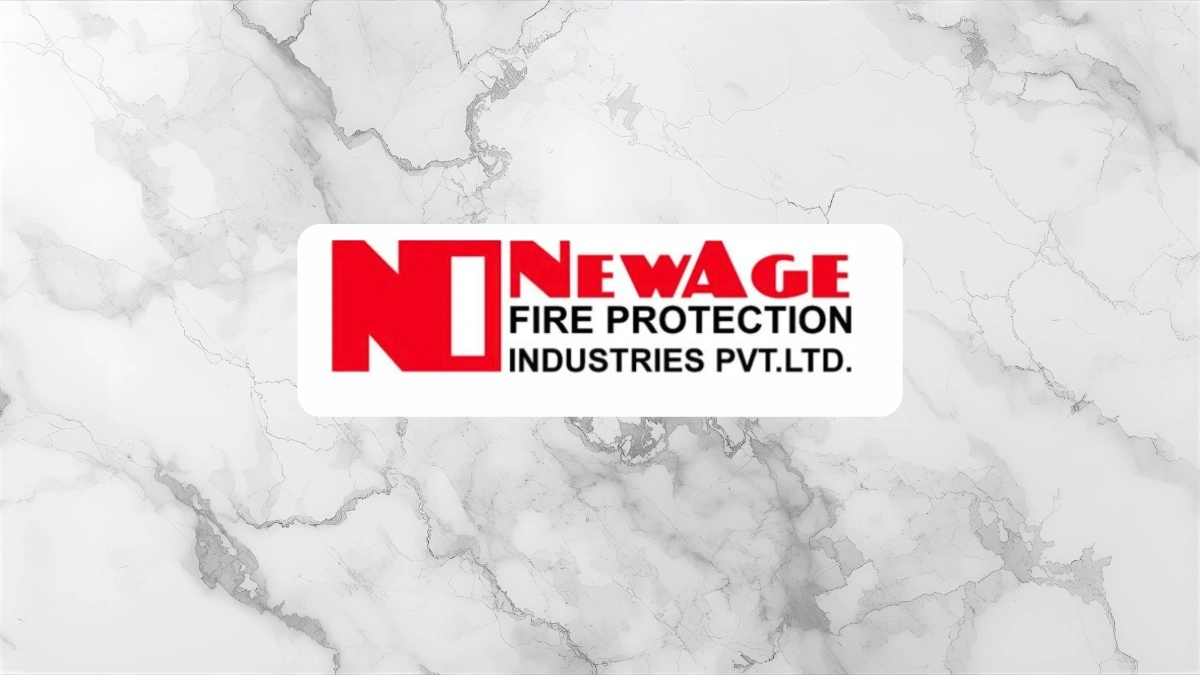
Address: 205, Skyline House, 85 Nehru Place, New Delhi – 110019, New Delhi, India
Contact No: (+91) – 22- 2407 7421 / 4351 1500
NewAge Fire Protection is one of the largest Fire Extinguisher manufacturers in India for the past 5 decades. It has its reach across 60 countries. Newage offers different types of high-quality firefighting equipment and products with a customer-oriented approach.
NewAge fire safety products adhere to the Indian and International Standards. The company has prioritised the needs and requirements of the customers and constantly strives to provide the best fire solutions. NewAge Fire Protection provides fire products such as Fire Pumps, Valves, Sprinklers System, Foam Equipment, Monitors, Nozzles, Cabinets, Stands post hydrants, Coupling and Adaptors, Dry Riser and Hose Reel.
15. Flack India
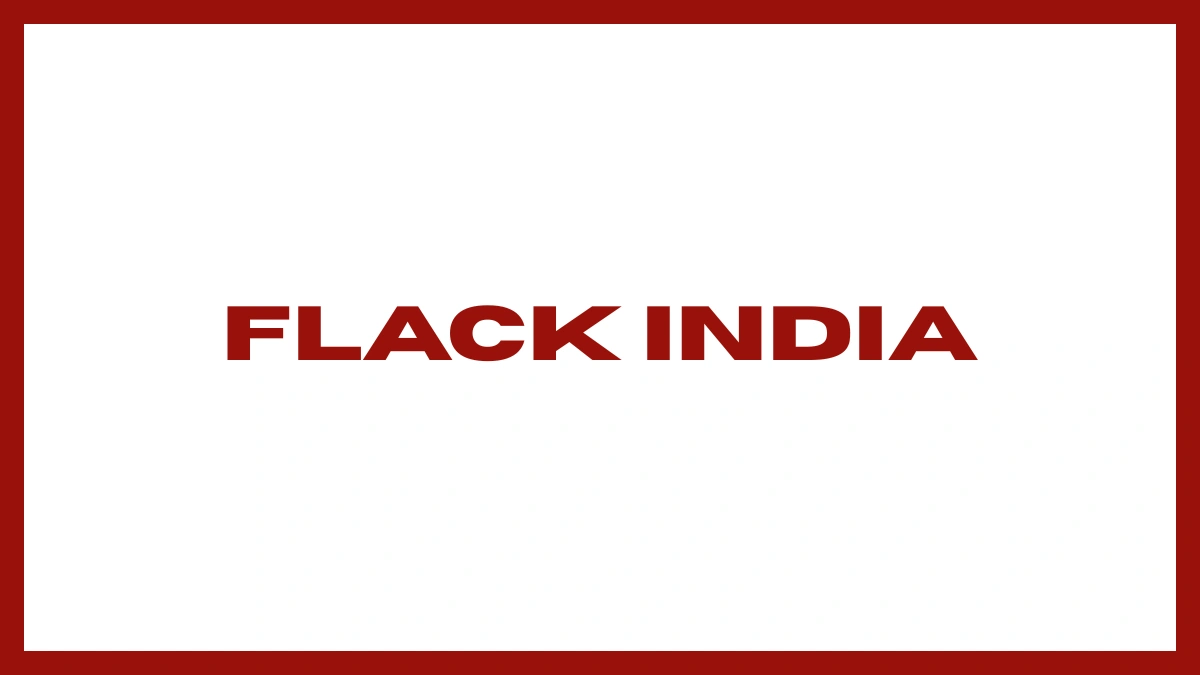
Address; Upper Floor The Peach Tree, Block C Sushant Lok 1 Sector 43, Gurgaon – 122015, Haryana, India, Gurgaon, India
Contact No: +91 124 4498777
Falck Group, as the best fire extinguisher manufacturer in India, the company has become a trusted name in fire safety. They have focused on creating reliable and high-quality fire protection products that help minimise damage quickly and effectively.
Their core services include industrial fire and rescue support, industrial fire training, and professional consulting services. They continue to adopt the best global practices to ensure fast response, maximum safety, and complete fire protection solutions for every industry.
Conclusion:
Proactive measures are essential when it comes to fire safety, and choosing the top fire extinguisher in India makes all the difference. When you understand your needs and trust a leading extinguisher brand, finding the right protection becomes simple. Strengthening your defenses against fire hazards becomes easier than ever, giving you the confidence that your safety is a priority. Invest in peace of mind and stay assured knowing you’ve taken the right steps to protect what matters most.

